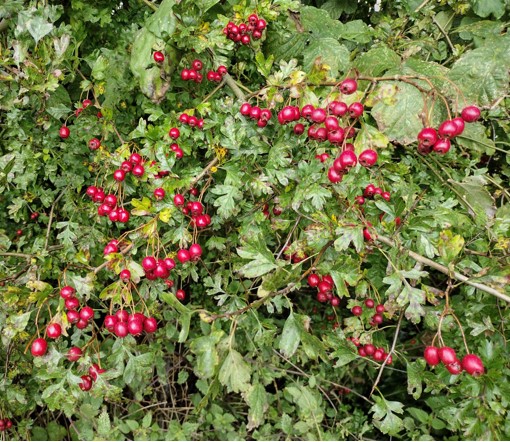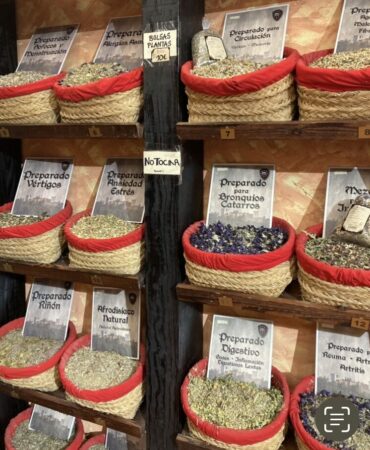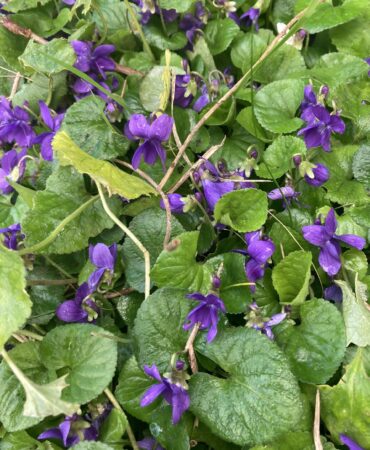Currently Empty: £0.00

A Hawthorn herbal rabbit hole: discovering herbal actions and rediscovering herbal gifts
Words by Neil Allies
What’s the difference between a home herbalist and a professional medical herbalist? There are probably lots of different answers to that question, depending on who you ask! The first time you see a paying client after qualifying must be a scary but exciting benchmark moment for a practitioner, and one I’m really looking forward to (although it seems very far off!).
To be a member of The National Institute of Medical Herbalists, there are clear guidelines to meet, such as having a degree-level qualification in Herbal Medicine (in which you must have studied subjects such as anatomy and physiology, pathology, nutrition and botany), clinical examination skills similar to those of a GP, and at least 500 hours of clinical experience. Professional medical herbalists will deal with a wide range of pathologies, sometimes highly specialised, and understand the biochemistry of what’s happening in the body.
Apart from the formal academic and practical training, another difference is a change in the approach to understanding the herbs we use. Probably like most students, I started studying herbal medicine having dipped my toe into its waters a few years earlier. I had read lots of books about it and tried out some of my own recipes, all of which encouraged me down the amazing path to wanting to qualify as a professional herbalist. When I first started, I had very clear ideas in my head about what herbs were good for certain complaints: Chamomile is good for digestion; Arnica is good for bruising; and, if you can’t sleep, Lavender is a good go-to. None of that is necessarily wrong but, from day one of training, we have always been encouraged to think deeply about a herb’s actions, rather than ‘x herb for x complaint’. Suddenly, as a student, I was having to get on top of all of those words in books I’d tended to ignore: cicatrisant, expectorant, diaphoretic and carminative, to name just a few.
Understanding what all of the actions mean takes time. Marisa Marciano, a Naturopathic Doctor in Canada, has written a widely-used textbook about Botanical Medicine and, on her website, usefully lists and describes 45 different herbal actions (https://thenaturopathicherbalist.com/herbal-actions/). Studying herbs based on their actions, rather than having set herbs for specific complaints, really helps you to understand how to formulate prescriptions. Plants will generally have more than one action, and sometimes quite a few, and this can lead to a real ‘crafting’ of a prescription based on the individual patient and the results you want.
Apart from being a lot to learn and take in for a student, it means that a medical herbalist really knows the plants they are using on lots of different levels. And, sometimes, this can lead to going down some surprising rabbit holes! Hawthorn (Crataegus spp.) is one such rabbit hole I’ve been enjoying exploring recently, having been inspired by the hedgerows that are bursting red with its berries at this time of year. If there was ever a plant that herbalists associate with a particular organ affinity, Hawthorn would be a top contender; it is the heart plant par excellence. David Hoffmann, in his masterly Medical Herbalism. The Science and Practice and Herbal Medicine (p. 542), writes that it is “A tonic in the true sense […] a specific remedy for most cardiovascular disease”. The amazing heart properties of Hawthorn were catapulted to the fore by a 19th century Irish physician, and its cardiac properties are extensively used by herbalists. For anyone interested in knowing more, a fascinating survey of both its historical use and phytochemistry can be found in the article written by Mary Tassell et al. in 2010 in the journal Pharmacognosy Review, called Hawthorn (Crataegus spp.) in the treatment of cardiovascular disease (https://www.ncbi.nlm.nih.gov/pmc/articles/PMC3249900/). Christina Stapley, in her 2021 book The Tree Dispensary. The Uses, History and Herbalism of Native European Trees (pp. 65-76) also discusses the medicinal use of Hawthorn, noting that it was not “widely used in history” (p. 71).
The Hawthorn herbal rabbit hole came from my training, since very few plants have just a single action and we are taught to look beyond a ‘this plant for that problem’ approach. This made me dig a bit deeper, unearthing a rich history of Hawthorn use beyond a cardiac tonic. A less widely-known action is that it is also a nervine, meaning that it has a calming effect and can be useful in cases of anxiety. Carole Fisher, in her 2018 book A Materia Medica of Western Herbs (p. 376), references studies where Hawthorn was used to help manage anxiety disorders, and another study by Eric Yarnell and Kathy Abscal in 2004 mentioned Hawthorn alongside Poppy for managing anxiety (their paper, Nervine Herbs for Treating Anxiety, is available here https://www.liebertpub.com/doi/10.1089/act.2004.10.309). The pharmacology of Hawthorn’s role as a nervine doesn’t seem widely understood yet, but Lucy Jones puts it nicely when she says that “As the inner boundaries of our circulatory system become less inflamed and more toned, so we feel more able to enforce our own external boundaries” (A Working Herbal Dispensary: Respecting Herbs as Individuals, 2023, p. 176). The heart is not just a pump; it is an endocrine organ and, for many cultures, a spiritual organ. Perhaps any strengthening of it will help to also strengthen your emotional state.
Hawthorn was also traditionally an astringent, meaning that it was used to stop bleeding and as a drawing agent, for splinters or thorns. Nicholas Culpeper put it beautifully when he wrote in the 17th century that the “thorn gives a medicine for its own pricking”. He also suggests that Hawthorn can be used to treat diarrhoea, a nod to its astringent properties. Almost four hundred years after Culpeper, a 2021 scientific study suggested a whole range of therapeutic properties, amongst them antimicrobial and antistaphylococcal activity and antioxidant effects (the paper, by Federico Martinelli et al. and published in the journal Molecules, is called Botanical, Phytochemical, Anti-Microbial and Pharmaceutical Characteristics of Hawthorn (Crataegus monogyna Jacq.), Rosaceae, and can be read here https://www.ncbi.nlm.nih.gov/pmc/articles/PMC8659235/). When used topically, Hawthorn also has anti-inflammatory and antioxidant properties, helping damaged skin to heal. Hawthorn clearly has a lot more to it than being ‘just’ a heart herb!
Studying formally to become a medical herbalist is a wonderful journey of discovery and perhaps the scariest thing is that the more you learn, the more you realise that you know very little! Learning about herbal actions is a different approach to simply picking pre-made herbal remedies off the shelf, but a really important change to understanding herbs and, importantly, using them effectively to help treat a patient. Hawthorn is a great example; it is great for the heart, but so much more. Ironically, a couple of months ago, I had a splinter from a Hawthorn tree when I was picking Bramble leaves to make an astringent Apple Cider Vinegar mix to help soothe the inevitable winter sore throats. Little did I know that the very culprit that gave me the splinter could have not only helped get it out (instead I reverted to some wonderfully effective Plantain oil), but also helped with making the astringent vinegar for the winter months. It really is true that Nature provides so much for us, and it was learning about herbal actions that led me to really start to appreciate Hawthorn for all its glory.




